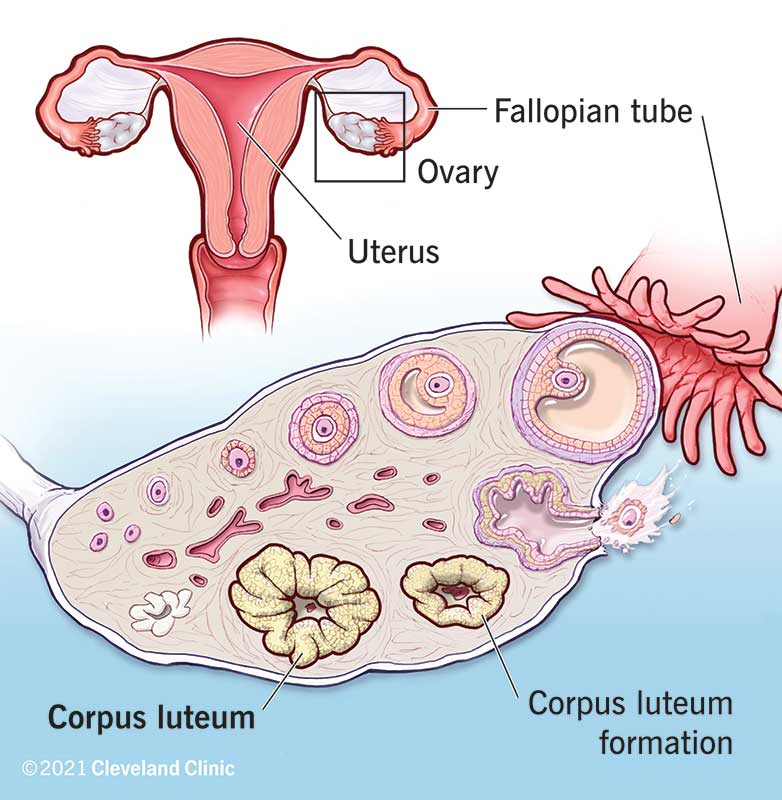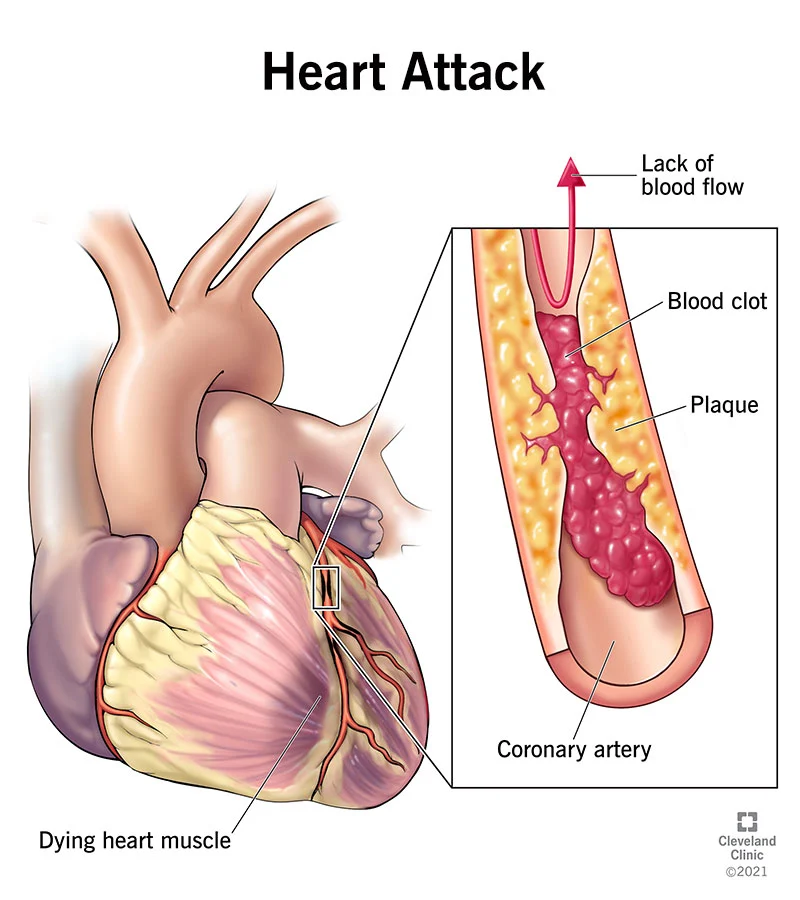Which of the following summarizes a change that takes place as a solid turns to a liquid?
Particles become less ordered.
Intermolecular forces between particles become stronger.
Particles move closer together.
Particles have a decrease in mobility.
Correct Answer : A
When a solid turns into a liquid during the process of melting, the particles within the solid gain enough energy to overcome the attractive forces holding them in a fixed arrangement. As a result, the particles become less ordered and more mobile, transitioning from a rigid structure to a more fluid state.
TEAS 7 Exam Quiz Bank
HESI A2 Exam Quiz Bank
Find More Questions 📚
Teas 7 Questions: We got the latest updated TEAS 7 questions
100% Money Refund: 100% money back guarantee if you take our full
assessment pass with 80% and fail the actual exam.
Live Tutoring: Fully customized live tutoring lessons.
Guaranteed A Grade: All students who use our services pass with 90%
guarantee.
Related Questions
Correct Answer is B
Explanation
Corpus luteum. The corpus luteum is a temporary structure that forms from the ruptured follicle after ovulation. It produces progesterone, which is a hormone that prepares the endometrium (the inner lining of the uterus) for implantation of a fertilized egg. If pregnancy occurs, the corpus luteum continues to secrete progesterone until the placenta takes over.

Correct Answer is D
Explanation
One of the essential aspects of scientific inquiry is the communication of results to peers and the public. Publishing new scientific findings allows other scientists to review, replicate, or challenge the methods and conclusions of a study. This way, science can advance by building on previous knowledge and correcting any errors or inconsistencies.
Correct Answer is D
Explanation
One of the most common techniques for separating DNA fragments by size is electrophoresis. Electrophoresis is a process that uses an electric field to move charged molecules through a porous gel matrix. The gel acts as a sieve, allowing smaller molecules to move faster and farther than larger ones. By applying a dye to the DNA samples and loading them into wells at one end of the gel, the DNA fragments can be visualized as bands after electrophoresis. The distance of each band from the well indicates the size of the corresponding DNA fragment.
Correct Answer is B
Explanation
Anti-diuretic hormone (ADH) is a hormone that regulates the amount of water in the body. It is produced by the hypothalamus and released by the posterior pituitary gland. ADH acts on the kidneys to increase the reabsorption of water from the filtrate back into the blood. This reduces the volume and increases the concentration of urine.
Correct Answer is D
Explanation
The dependent variable is the variable that is measured or observed in an experiment. It is the variable that changes as a result of the independent variable, which is the variable that is manipulated or controlled by the experimenter. In this case, the dependent variable is the bag mass change, because it depends on the sucrose concentrations in the bag and outside the bag. The other variables, such as duration, temperature, and sucrose concentrations, are independent variables that are set by the experimenter.
Correct Answer is B
Explanation
An amine group is a nitrogen atom bonded to three hydrogen atoms, and a carboxyl group is a carbon atom double-bonded to an oxygen atom and single-bonded to a hydroxyl group. These groups are important for the formation of amino acids, which are the building blocks of proteins.
Correct Answer is D
Explanation
A myocardial infarction (MI), commonly known as a heart attack, occurs when the flow of blood to the heart is blocked. The blockage is usually due to a buildup of fat, cholesterol and other substances in the heart (coronary) arteries. The fatty, cholesterol-containing deposits are called plaques. The process of plaque buildup is called atherosclerosis. Sometimes, a plaque can rupture and form a clot that blocks blood flow. A lack of blood flow can damage or destroy part of the heart muscle.

Correct Answer is C
Explanation
Genes are used in techniques like DNA sequencing to determine a person's DNA sequence. DNA sequencing involves determining the order of nucleotides (A, T, C, and G) in a DNA molecule. Genes are used to replicate and amplify DNA segments, allowing researchers to analyze the sequence of nucleotides present in a person's DNA
Correct Answer is C
Explanation
The glomerulus is a microscopic structure located within the nephron of the kidney and is essential for the filtration of blood. The glomerulus is a network of capillaries (tiny blood vessels) that filters blood to remove waste products, excess substances, and fluid, which are then passed on to the renal tubules for further processing into urine.
- Microscopic function: Blood enters the glomerulus through the afferent arteriole, where the blood pressure forces water, ions, small molecules, and waste products out of the blood and into a structure called Bowman’s capsule (the next component of the nephron). This process is the first step in urine formation.
- Anatomy: The glomerulus is a highly specialized structure designed for filtration, with tiny pores in the capillary walls that allow small molecules to pass while larger molecules (like proteins and blood cells) remain in the bloodstream.
Explanation of the other options
A. Loop of Henle
The Loop of Henle is part of the nephron in the kidneys. It is located between the proximal and distal convoluted tubules and plays a crucial role in the process of urine concentration. The loop has both a descending and an ascending limb and is responsible for creating a concentration gradient in the renal medulla, which is essential for the kidneys to concentrate urine.
While it is part of the nephron and operates on a microscopic scale, it is not the primary microscopic component involved in filtration. Rather, it functions in reabsorption and the regulation of water and salt balance.
B. Ureter
The ureter is a macroscopic organ that connects the kidneys to the bladder. It is a muscular tube through which urine travels after being produced in the kidneys. The ureter is not considered a microscopic structure because it can be seen with the naked eye. It plays a major role in the transport of urine, but it is not involved in the filtration or microscopic processes within the kidneys.
D. Bowman’s Capsule
The Bowman’s capsule is a cup-shaped structure that surrounds the glomerulus. It is an important part of the nephron in the kidney. The role of Bowman’s capsule is to collect the filtrate (the fluid that has been filtered out of the blood in the glomerulus).
- Function: The Bowman’s capsule captures the filtrate (containing water, salts, glucose, urea, etc.) and channels it into the proximal convoluted tubule for further processing.
- Microscopic structure: While the Bowman’s capsule is part of the nephron and plays a key role in the filtration process, it is considered a structure that "contains" the glomerulus rather than being the structure that performs the filtration itself.
Thus, the glomerulus is the most accurate answer when identifying a microscopic component of the genitourinary system involved in filtration.
Correct Answer is B
Explanation
The number of protons in an atom is equal to its atomic number. In this case, lithium has an atomic number of 3, so it contains 3 protons.
The other choices (A, C, and D) do not represent the correct number of protons for a lithium atom.
This question was extracted from the actual TEAS Exam. Ace your TEAS exam with the actual TEAS 7 questions, Start your journey with us today
Visit Naxlex, the Most Trusted TEAS TEST Platform With Guaranteed Pass of 90%.
Money back guarantee if you use our service and fail the actual exam. Option of personalised live tutor on your area of weakness.
